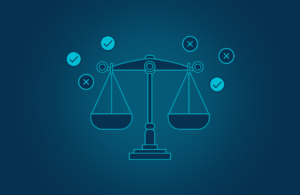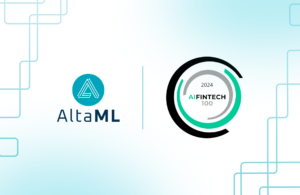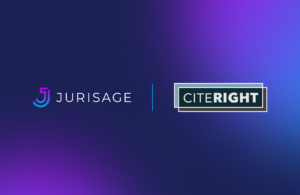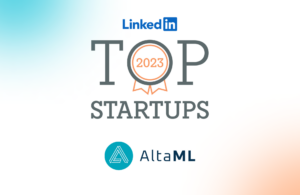Ethics and Responsibility in the Age of AI: Why It Matters
October 2, 2023
•
3 min read
Nicole Janssen
Co-Founder & Co-CEO
Investing effort into comprehending the full scope of responsible artificial intelligence (RAI) is invaluable, but first, we have to truly understand the magnitude of the domain.
The subject itself extends far beyond the confines of mere data bias; it’s much bigger than that. When considering and implementing RAI, we also need to evaluate its ties to safety, security, privacy, accountability, transparency, and sustainability around the very foundations of which artificial intelligence (AI)-powered solutions are being built.
It’s imperative that we get the ethics of this right. If we don’t, we will forfeit this incredible opportunity to use AI for the betterment of society.
Navigating the Complexities of RAI
The challenge of navigating the complexities of RAI stems from the absence of protective measures against bias in developing machine learning (ML) models. Without these safeguards, the model continues to learn from each iteration. Therefore, if bias exists before the model’s inception, it becomes further ingrained over time without correction. It doubles down on bias. This main distinction sets it apart from conventional software, as it consistently learns from every decision made.
We need transparency regarding the purpose to which our data is being applied—both how it is employed and the comprehensibility of its application.
For example, let’s consider Meta’s utilization of AI algorithms to curate content for people. Although this process seems obvious to some, the specific criteria driving the content selection remain undisclosed. Because of this, questions arise. Why are particular advertisements being directed at me? This extends to the more significant issue of how data shapes forthcoming content, highlighting an overarching insufficiency in transparency concerning data-driven content generation.
At AltaML, we initiate the process from the outset—even before signing a contract with a client. This is done to establish a comprehensive understanding of RAI across all levels of the organization. Throughout the life cycle of a project, it’s important to repeatedly take a step back and really analyze the RAI aspects. It isn’t the responsibility of a single individual; it necessitates involvement from everyone.
Embracing this responsibility means acknowledging that the learning journey never truly ends; the improvement process remains ongoing. What constitutes the ideal approach for implementing RAI today might evolve into something different in a year from now. Ultimately, these ever changing practices must be integrated.
The Bad Actors
AI, like any technology, will inevitably attract bad actors, regardless of the existing regulations or policies. The most efficient approach to combat these bad actors is through the use of AI itself to identify them. Investing in technological advancements, education, and research is always the right move, instead of solely relying on the regulations to deter them.
However, regulations can play a valuable role in addressing specific instances where individuals might lack awareness or guidance. Think of regulations as guardrails that can help steer them in the right direction, especially in cases at the fringes of AI usage.
Implementing Ethical Practices
We need cross-jurisdictional collaboration. Establishing distinct Canadian and American approaches to RAI is insufficient, as AI companies generally operate across multiple jurisdictions.
There’s a healthy balance of implementing ethical practices without stifling innovation that we can work toward. The challenge lies in avoiding a patchwork of disparate regulations across nations that could impede business operations due to inconsistent guidelines.
For reference, here are some of the current guardrails being developed:
Everyone needs to be at the table for these discussions—especially industry leaders, policymakers, and government representatives. While we likely won’t get it 100 percent right the first time, we must get started. By the time any regulation gets implemented, it’s likely already outdated.
The Move Forward
In summary, As we continue to assess the ever-changing AI landscape, it’s imperative that we lean on the expertise of those who understand the intricacies of AI development and deployment. While the potential of AI is vast and transformative, it must be approached with a deep commitment to responsibility. This is an ongoing journey about building trustworthy and accountable AI technologies, and alignment among decision-makers is vital. While we’ve only just scratched the surface, RAI is an expansive and multifaceted domain that extends well beyond addressing data and bias alone. We need collaboration across borders as we aim to guide ethical AI use globally—and that work needs to start now.
 Navigating Bias in AI with Open-Source Toolkits
Navigating Bias in AI with Open-Source Toolkits
 AltaML Secures Spot on AIFinTech100 for Consecutive Year
AltaML Secures Spot on AIFinTech100 for Consecutive Year
 Jurisage and CiteRight Finalize Merger, Become Jurisage Group Inc.
Jurisage and CiteRight Finalize Merger, Become Jurisage Group Inc.


